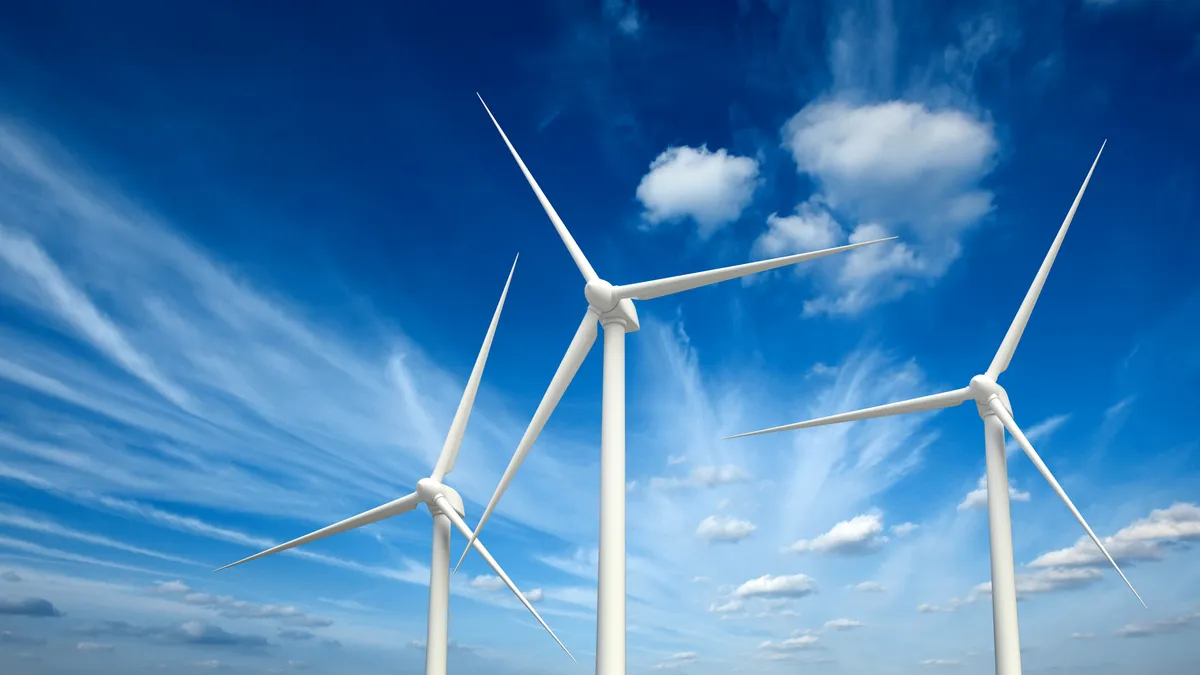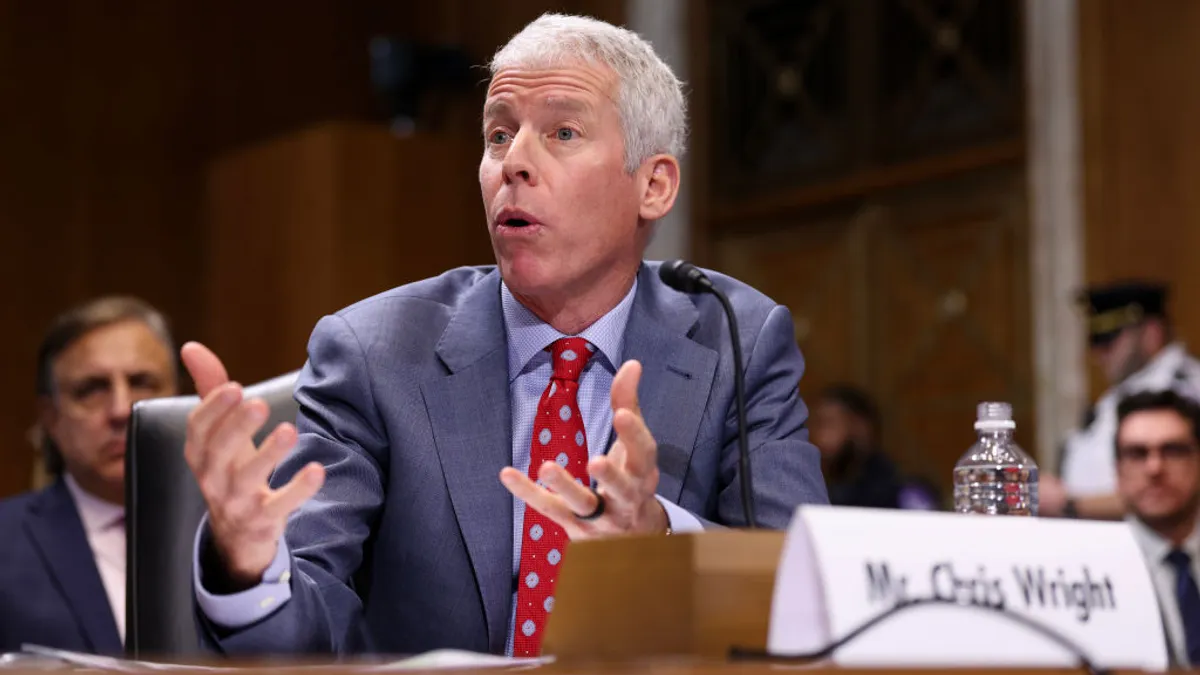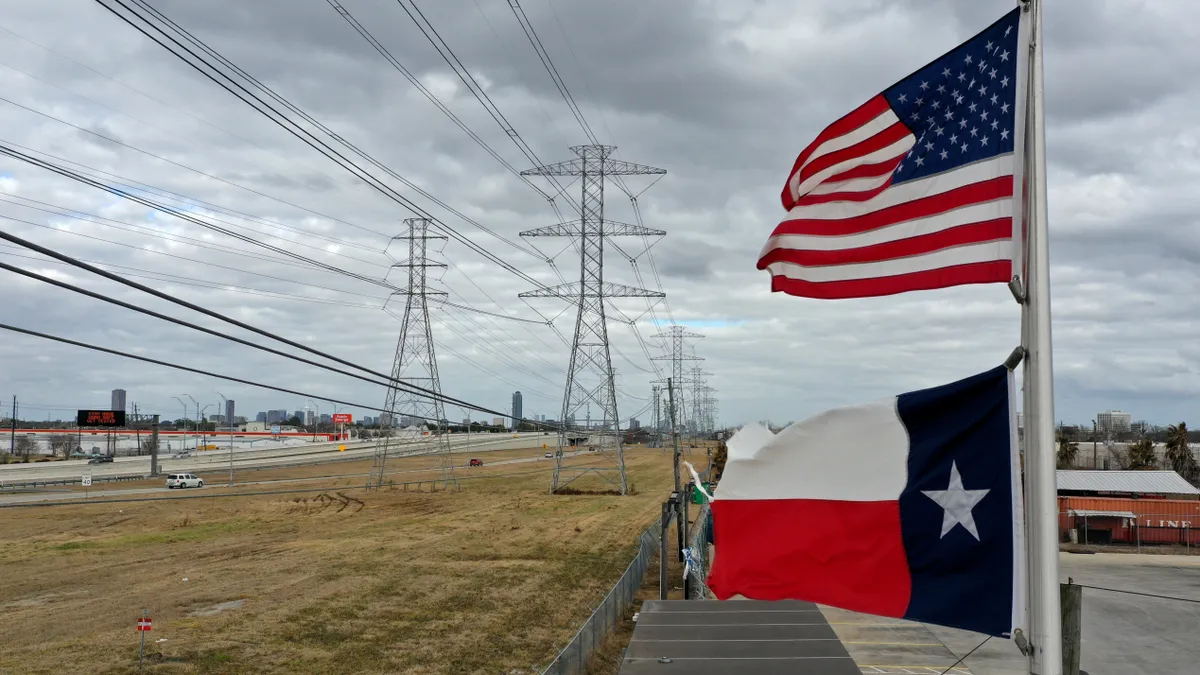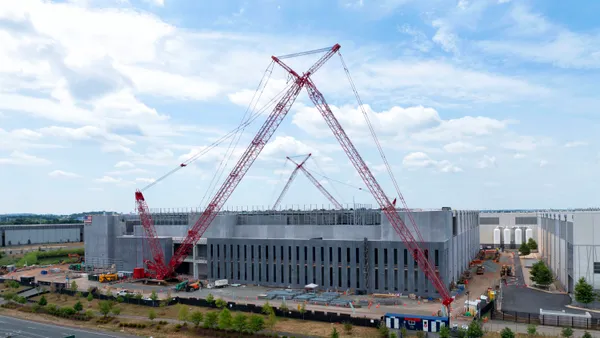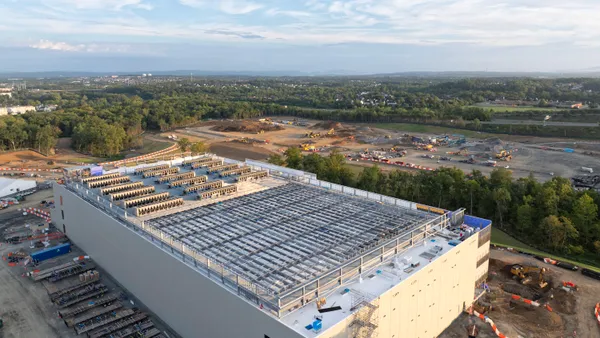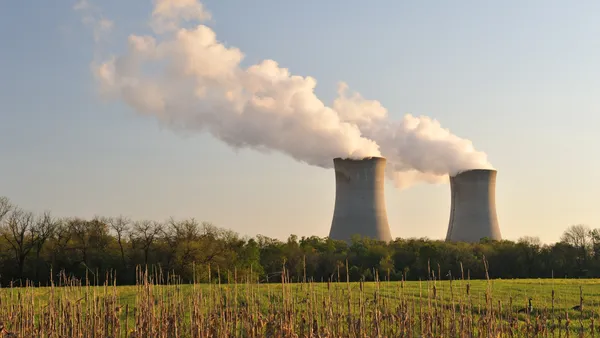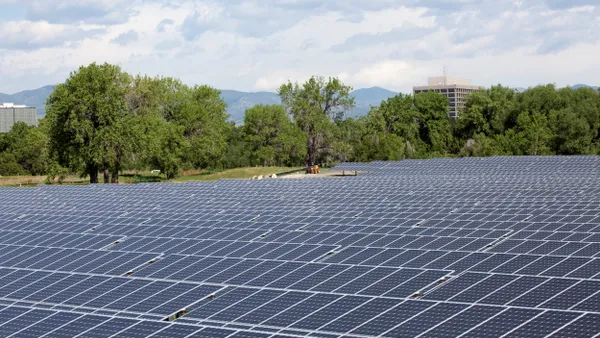Dive Brief:
- The U.S. Bureau of Land Management has finalized new rules governing solar and wind energy development on public lands, creating a leasing program to support renewable energy development in suitable areas.
- Officials say the rule will boost development in areas with the highest generation potential and fewest resource conflicts, while ensuring transparency and predictability in rents and fees.
- Environmental advocates hailed the review, saying it would give new opportunity to renewable energy and represents the kind of bipartisan solution needed to drive clean energy development.The regulations will become effective 30 days after they are published in the Federal Register.
Dive Insight:
The Obama Administration continues to roll out clean energy initiatives, and this week Secretary of the Interior Sally Jewell announced BLM had finalized its leasing program for renewables that aims to increase transparency and certainty.
The rule gives renewables developers the option of selecting fixed rate adjustments instead of market-based adjustments, and it updates the BLM’s current fee structure in an effort to reduce near-term costs for solar projects.
The White House's Climate Action Plan directs the Department of Interior to permit 20,000 MW of renewable power by 2020. In the last seven years, DOI has approved 60 utility-scale renewable energy projects on public lands, including three dozen solar projects and 11 wind installations, that could power more than 5 million homes.
According to BLM, the rule’s competitive leasing provisions will help renewable energy development on 700,000 acres of that have been identified in Arizona, California, Colorado, Nevada, New Mexico and Utah.
The Nevada Conservation League and Clean Energy Project both hailed the new leasing and land-use rules as a "balance" between economic development and environmental protection.
Christopher Mansour, vice president of federal affairs for the Solar Energy Industries Association, expressed optimism for the rule but said it was too soon to make definitive statements.
"We have not had a chance to fully review it, but we hope this rule paves the way for increased solar development at predictable rates on public lands," Mansour said in a statement. "BLM-managed land includes some of the world’s best solar resources, and they should be used to deliver clean, reliable, and cost-effective solar power to customers."



